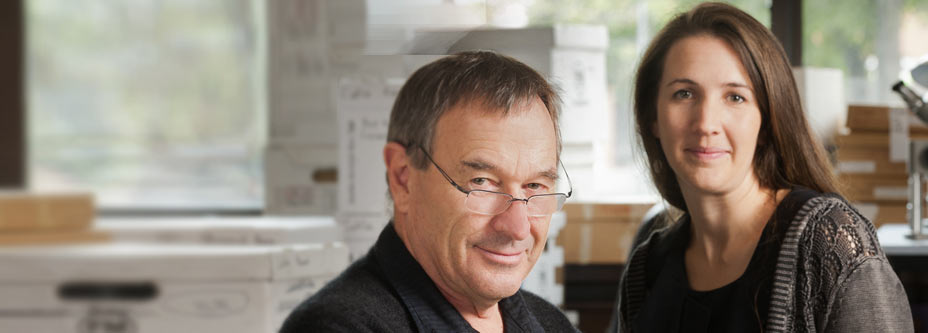
Dig reveals life of first Pākehās
Archaeological excavations in a remote area of the Bay of Islands have provided a closer look at Aoteoroa's first planned permanent settlement by Europeans.
Associate Professor Ian Smith (Anthropology) and his team, including research assistant Jessie Garland, have been painstakingly examining the Hohi (Oihi) Mission Station, perhaps better known as the Marsden Cross Reserve – where the first New Zealand sermon was preached in 1814.
The enclave of about 25 Europeans included three missionary families, servants and tradesmen, including a blacksmith who made many of the goods Māori desired, such as nails and axes.
"They came essentially at the invitation of local Māori who wanted access to European goods, technology and education, especially for their children," says Smith.
There is little interpretive information about the site and, with the settlement's bicentenary next year, DOC wanted to find out more.
Excavations last year helped identification of the school building and the remains of writing slates and toys, trinkets and fish hooks used to bribe the Māori children to attend.
This summer's dig identified two mission houses, including that of Thomas Kendall that was torn down and paved over after he was ejected from the Missionary Society in 1823 after having a relationship with a young Māori woman.
Smith says such excavations uncover much about the material culture of early Europeans living in the Māori world and beginning the process of adaptation to becoming Pākehā.
The settlement lasted until 1832, by which time other areas of the Bay of Islands had become more popular.